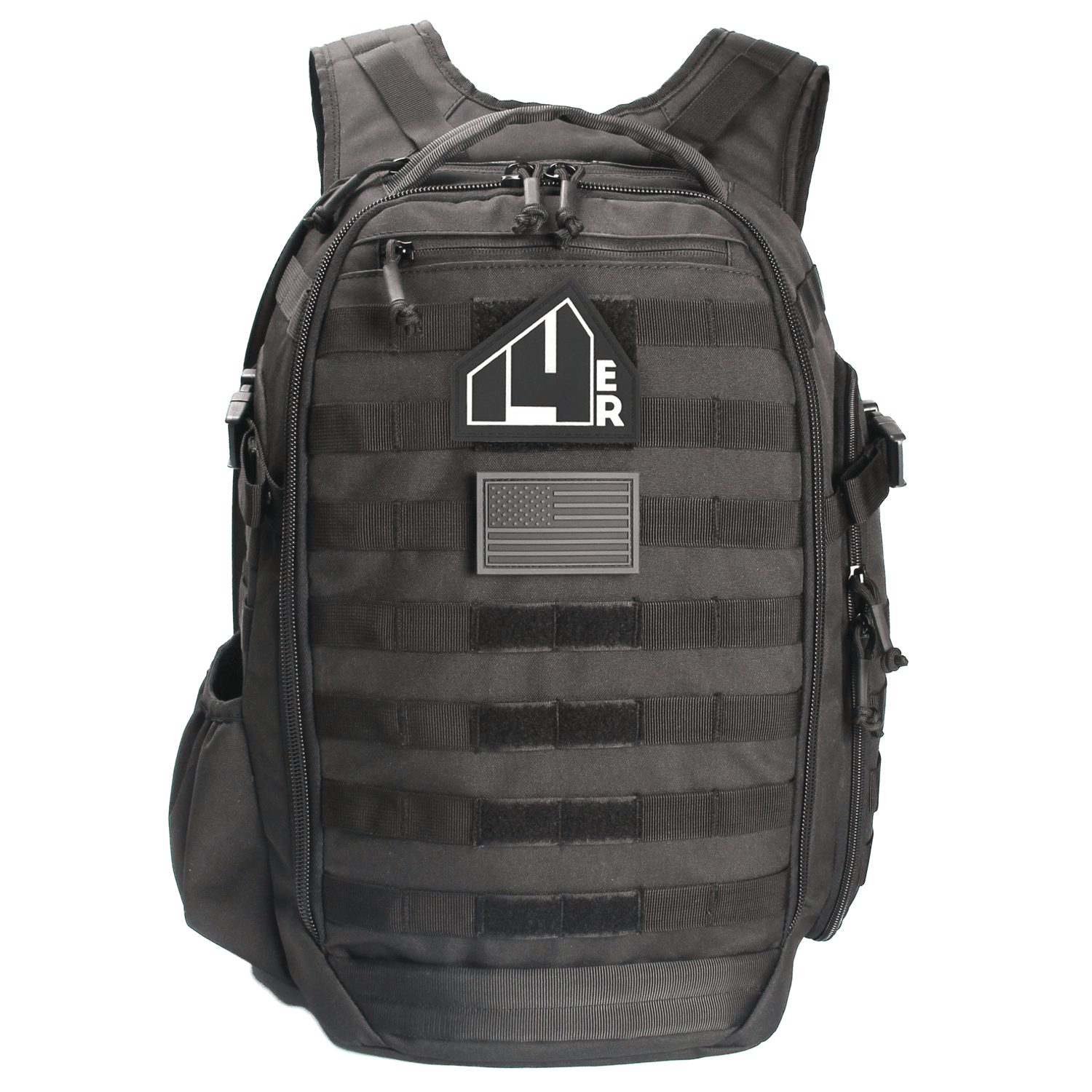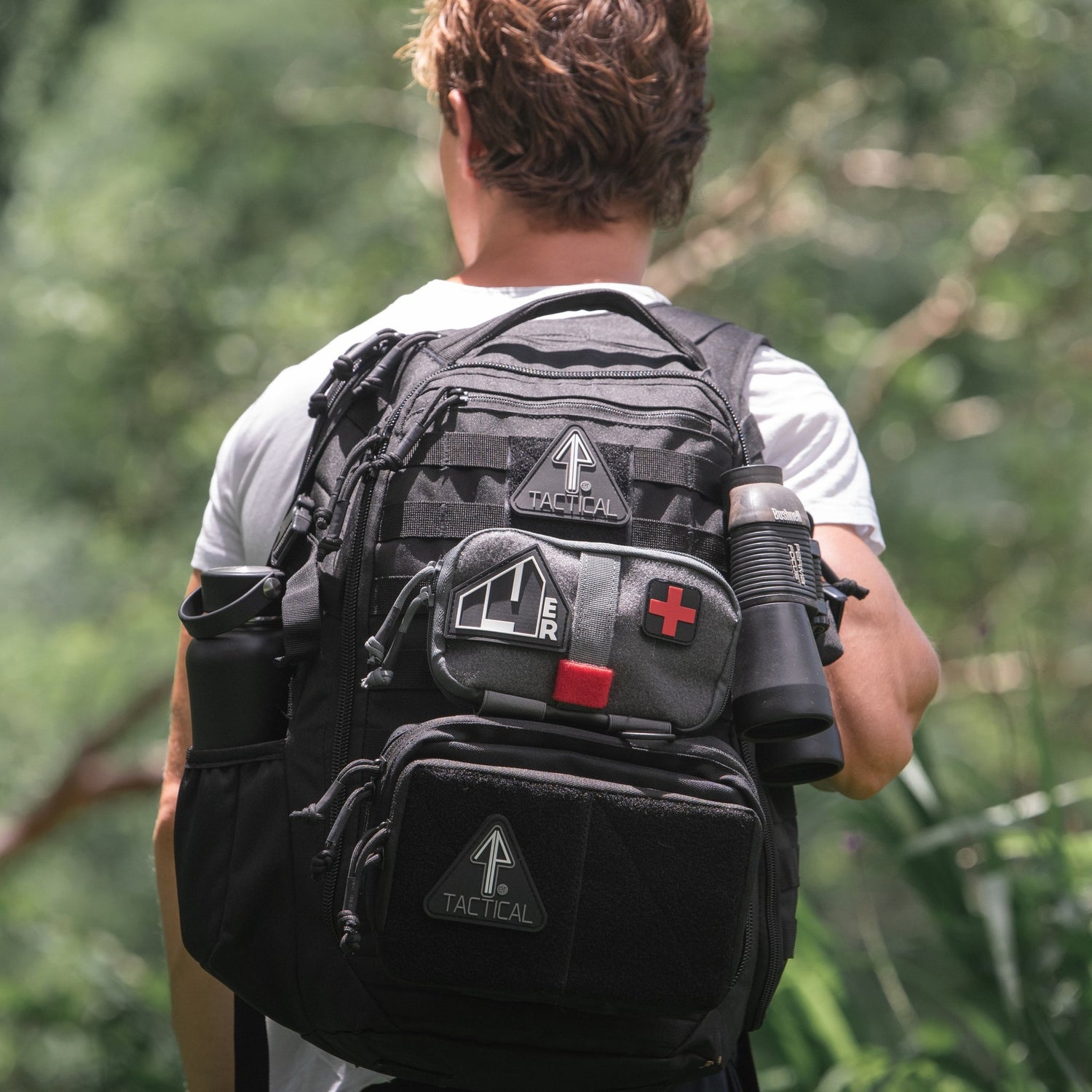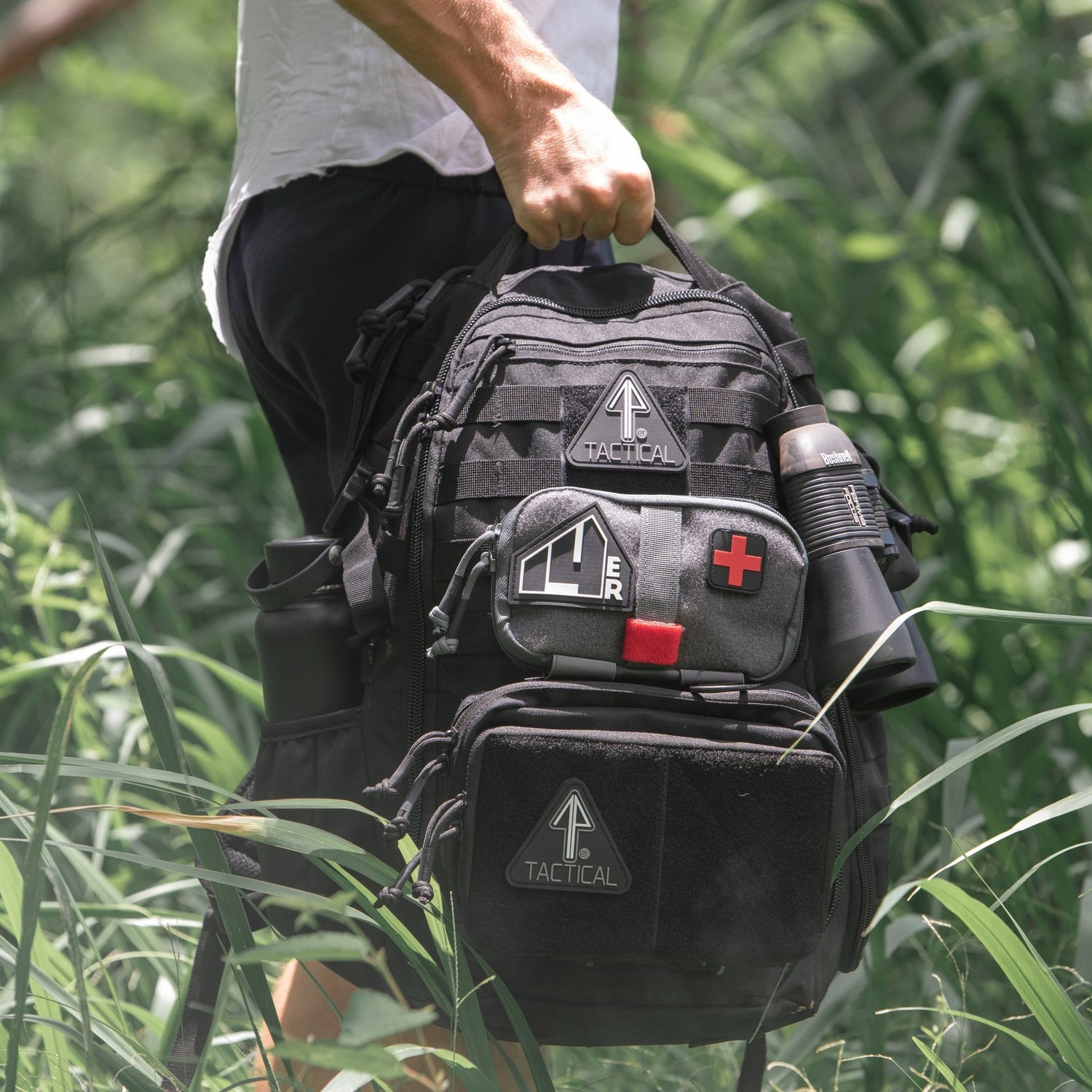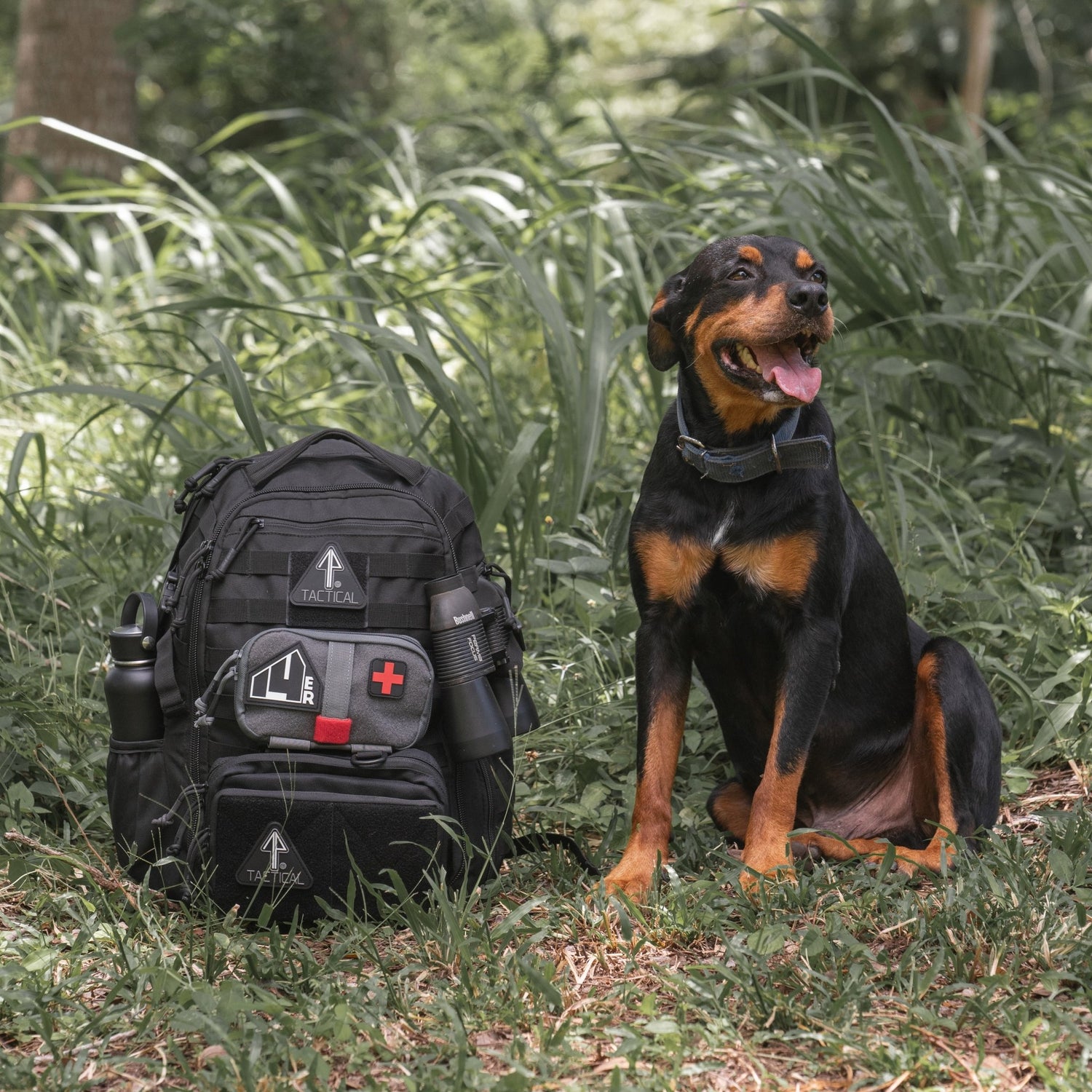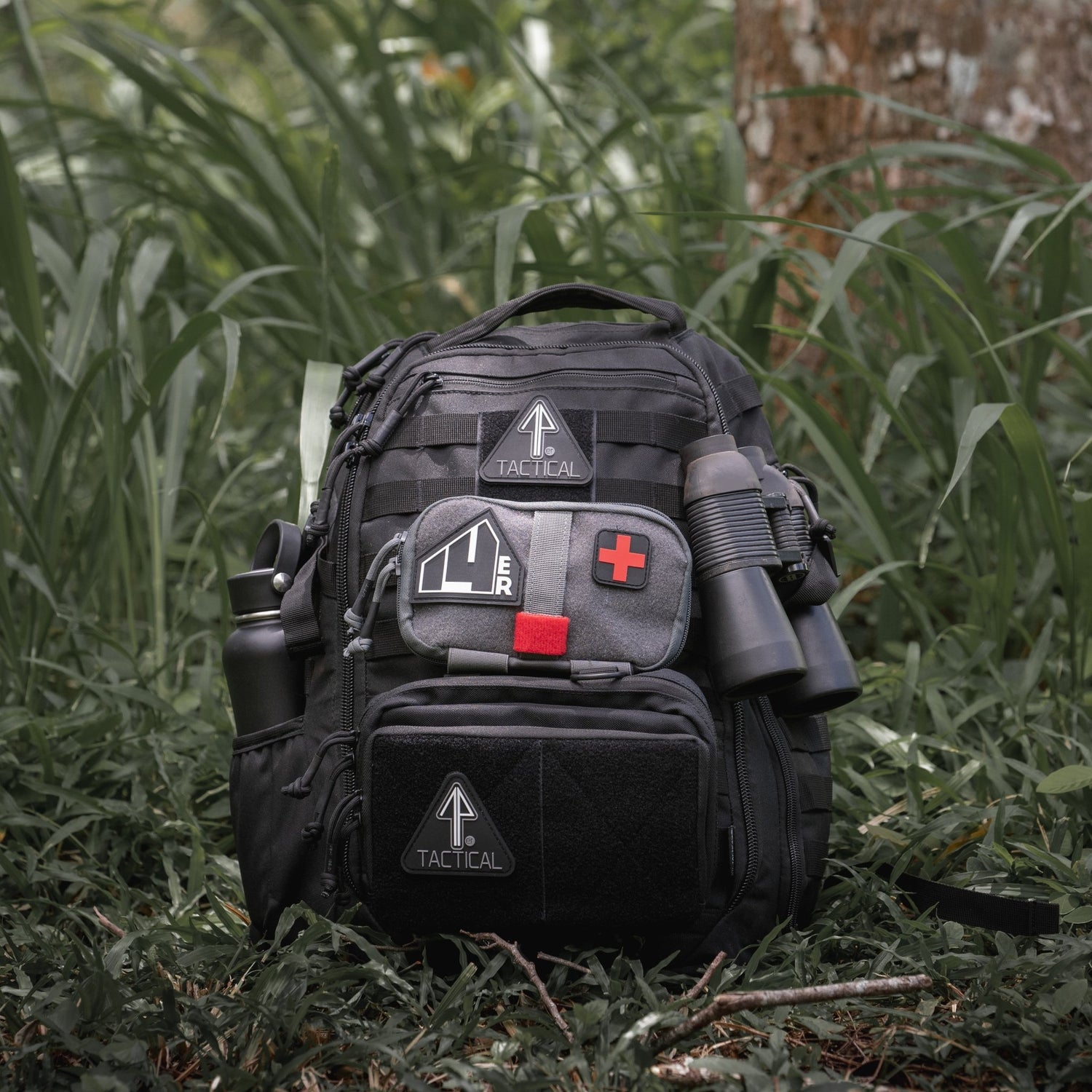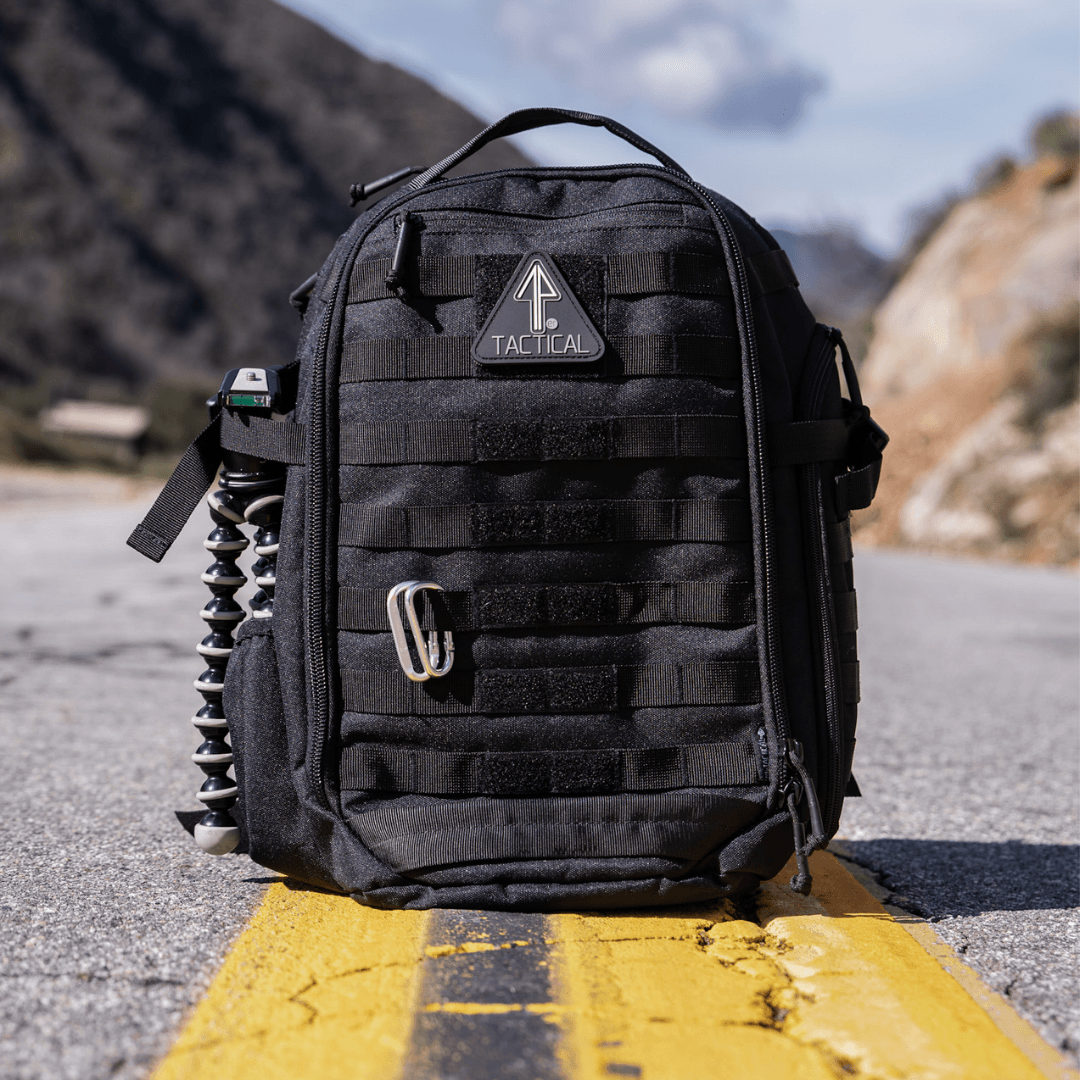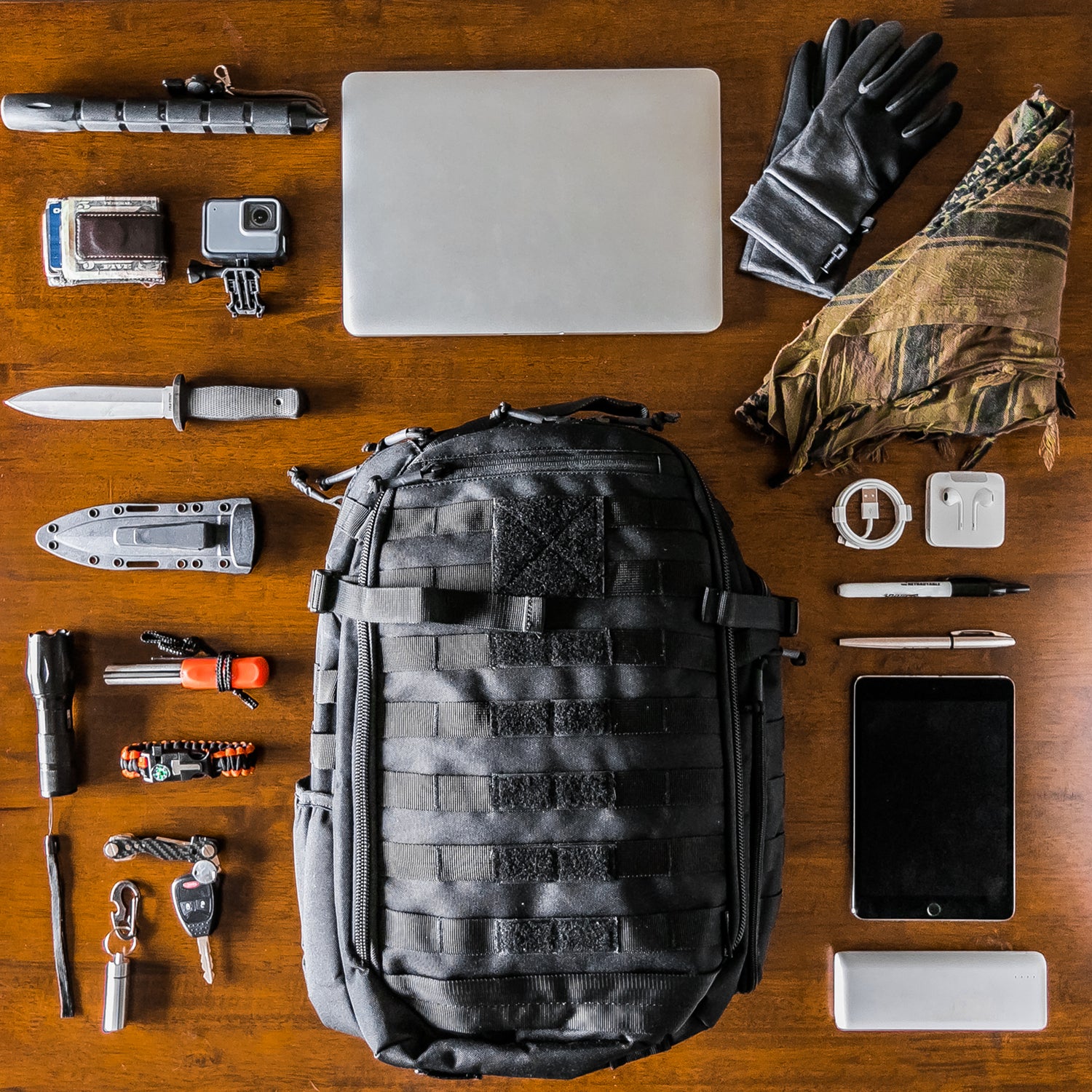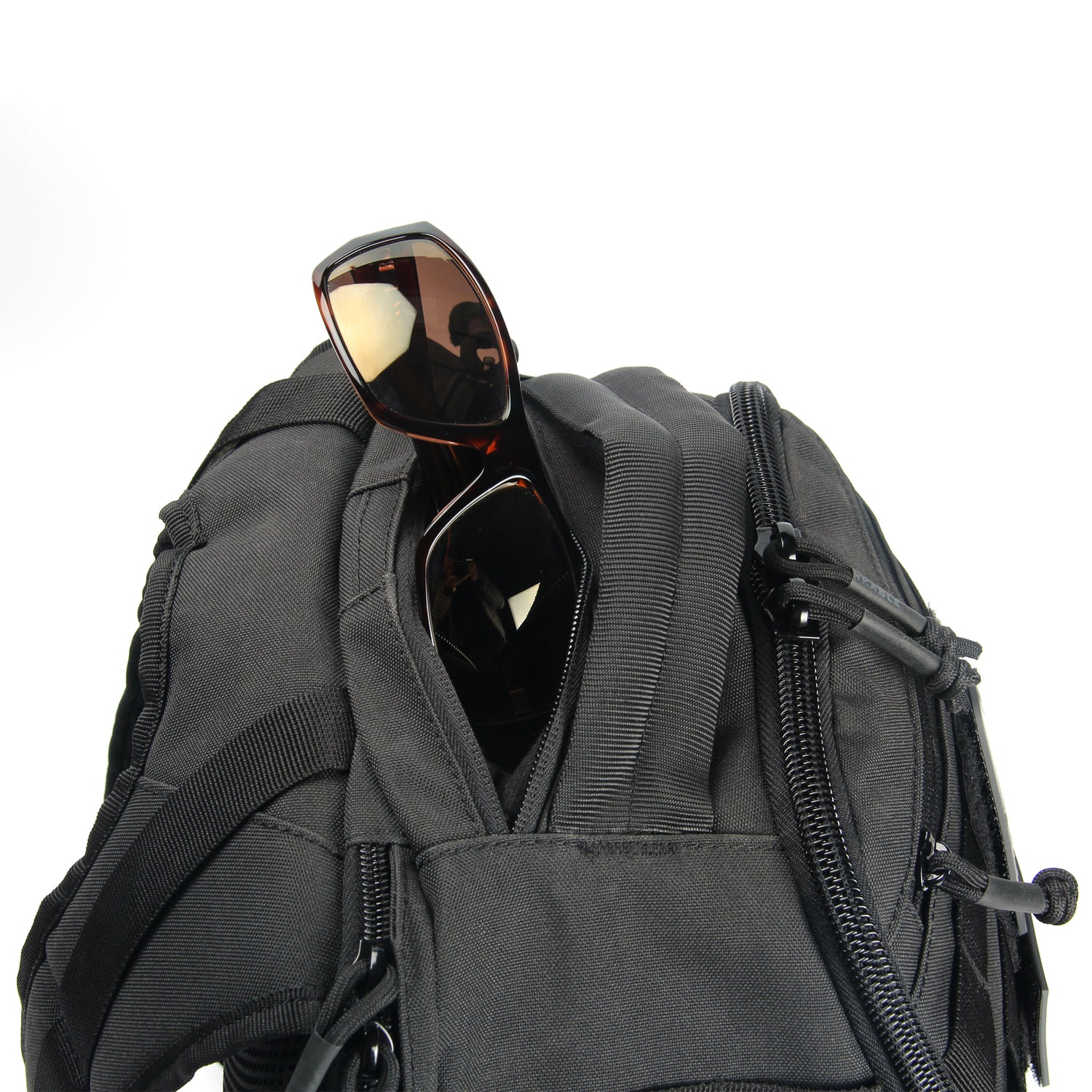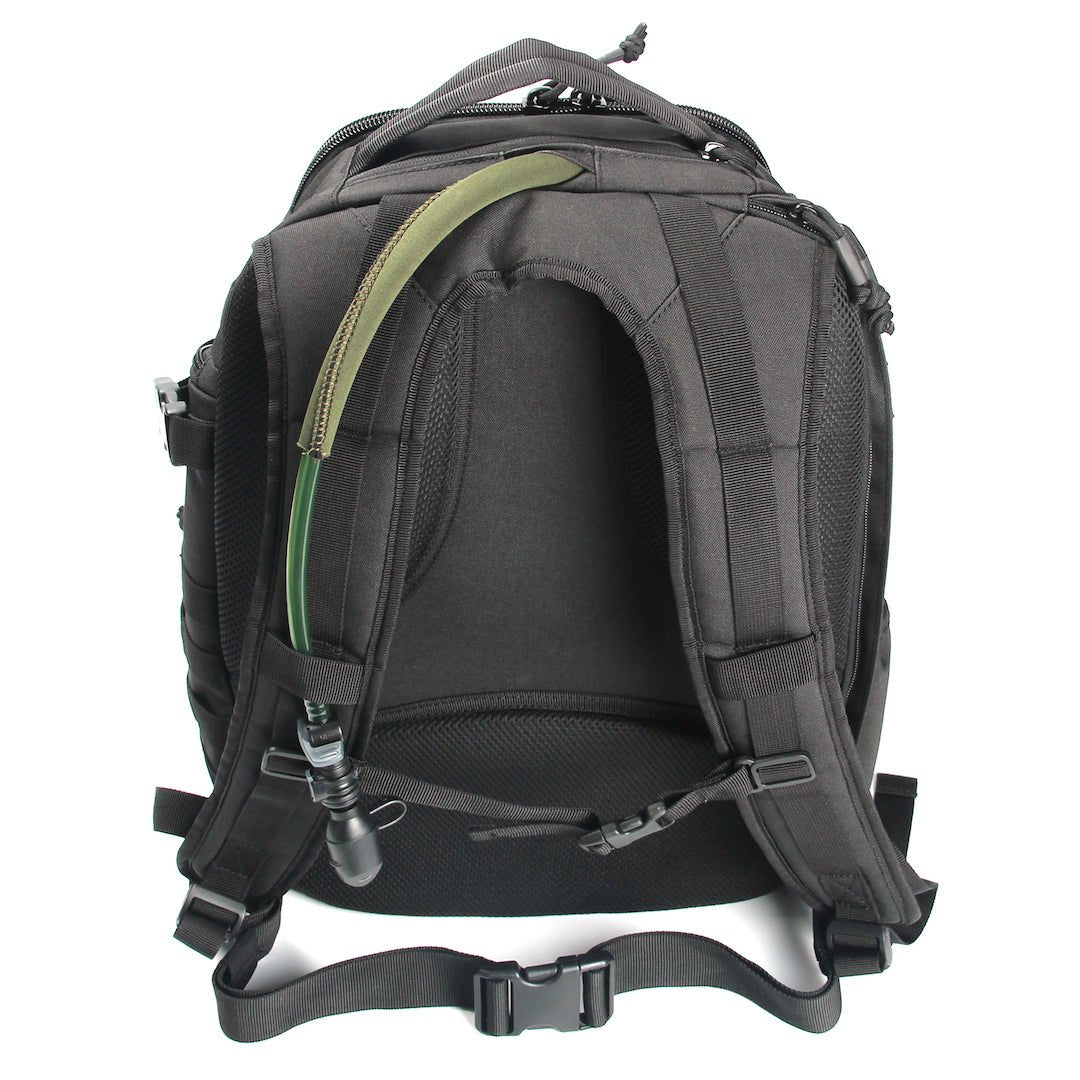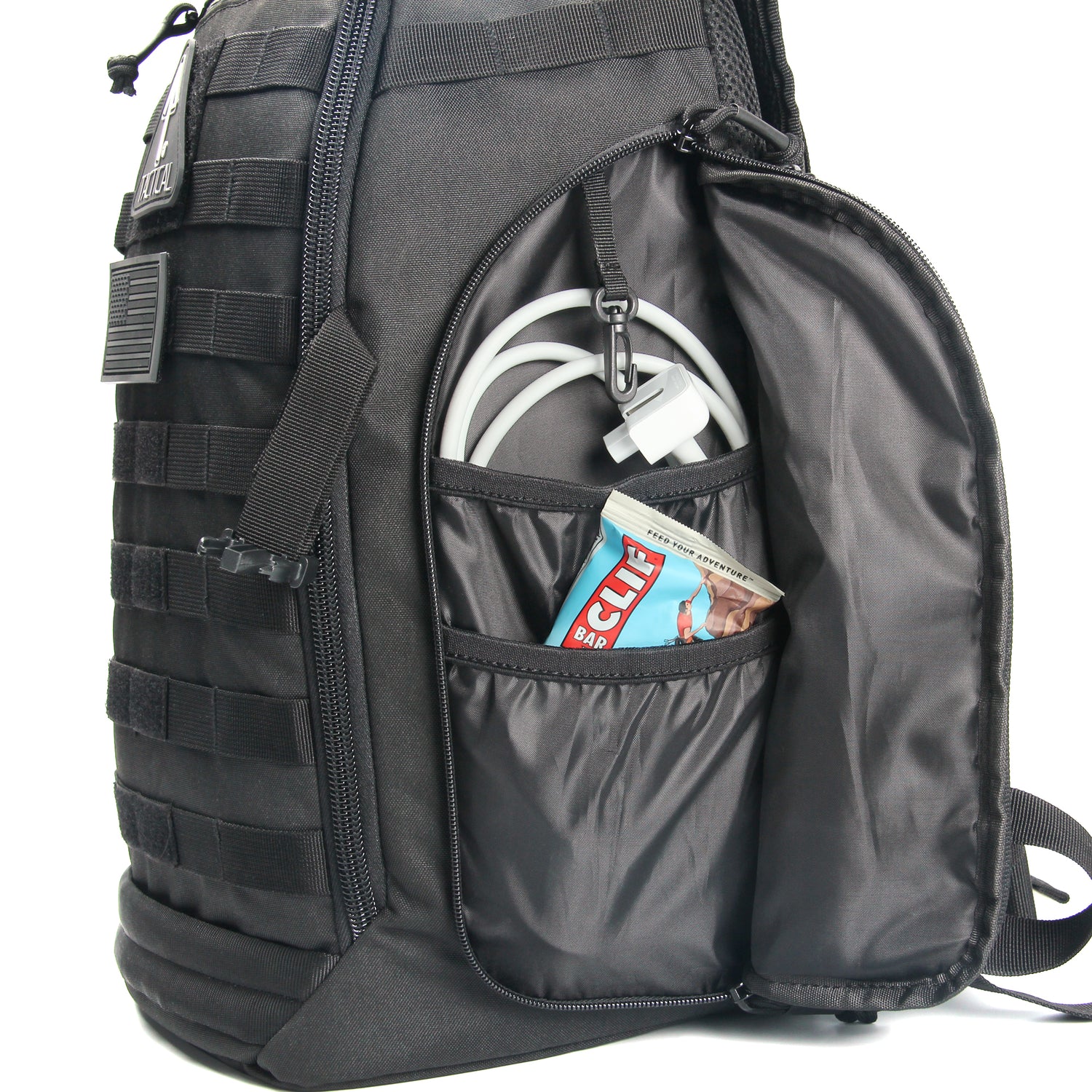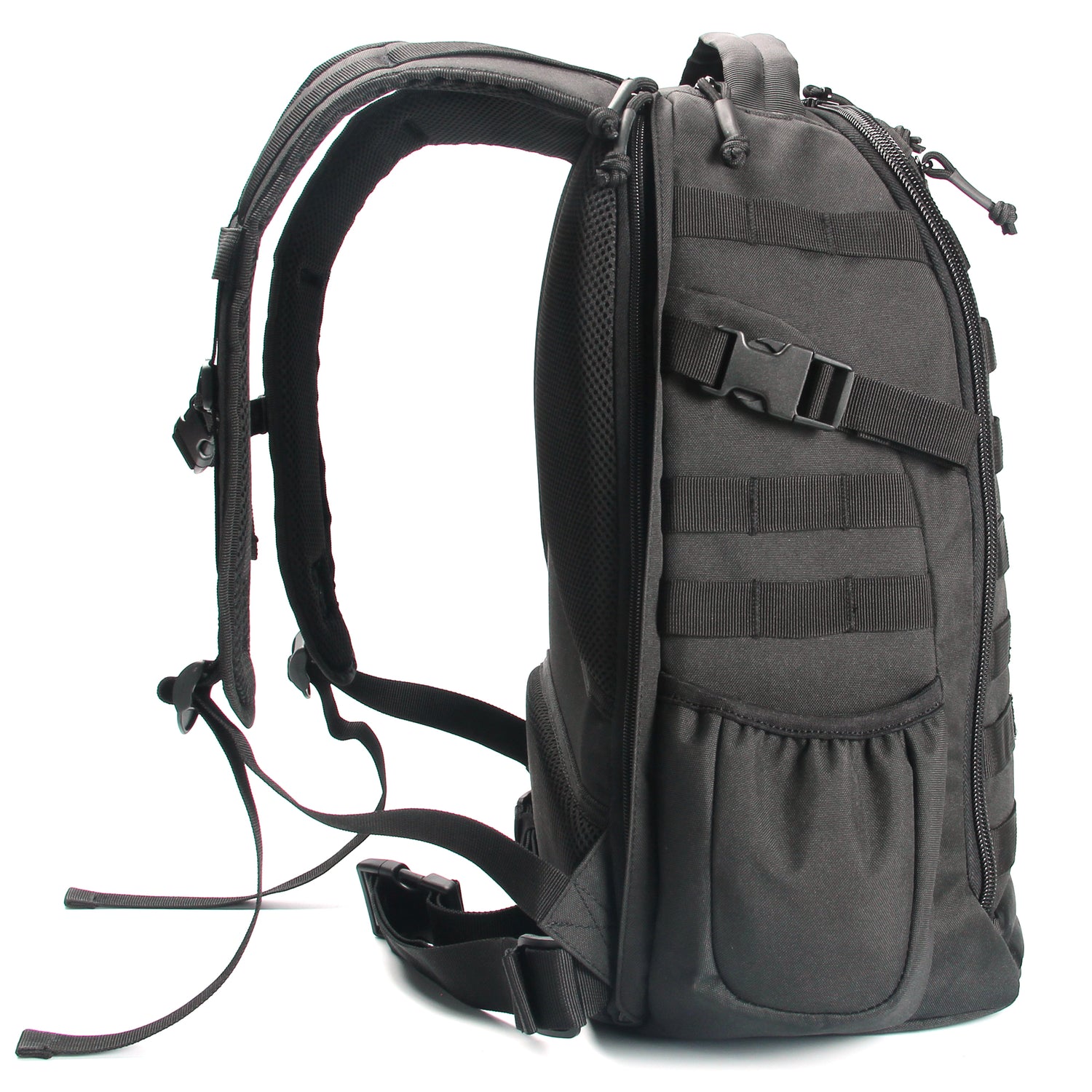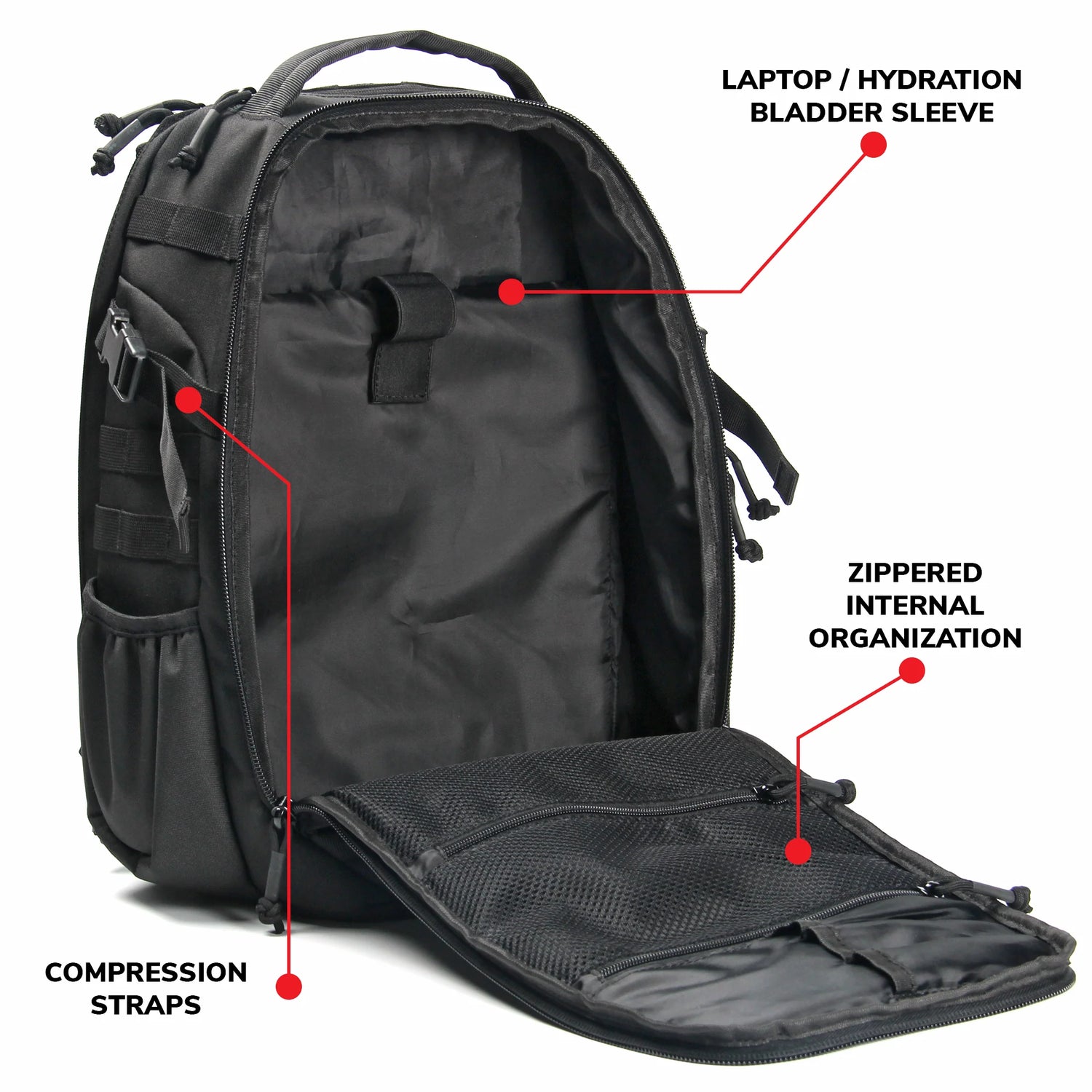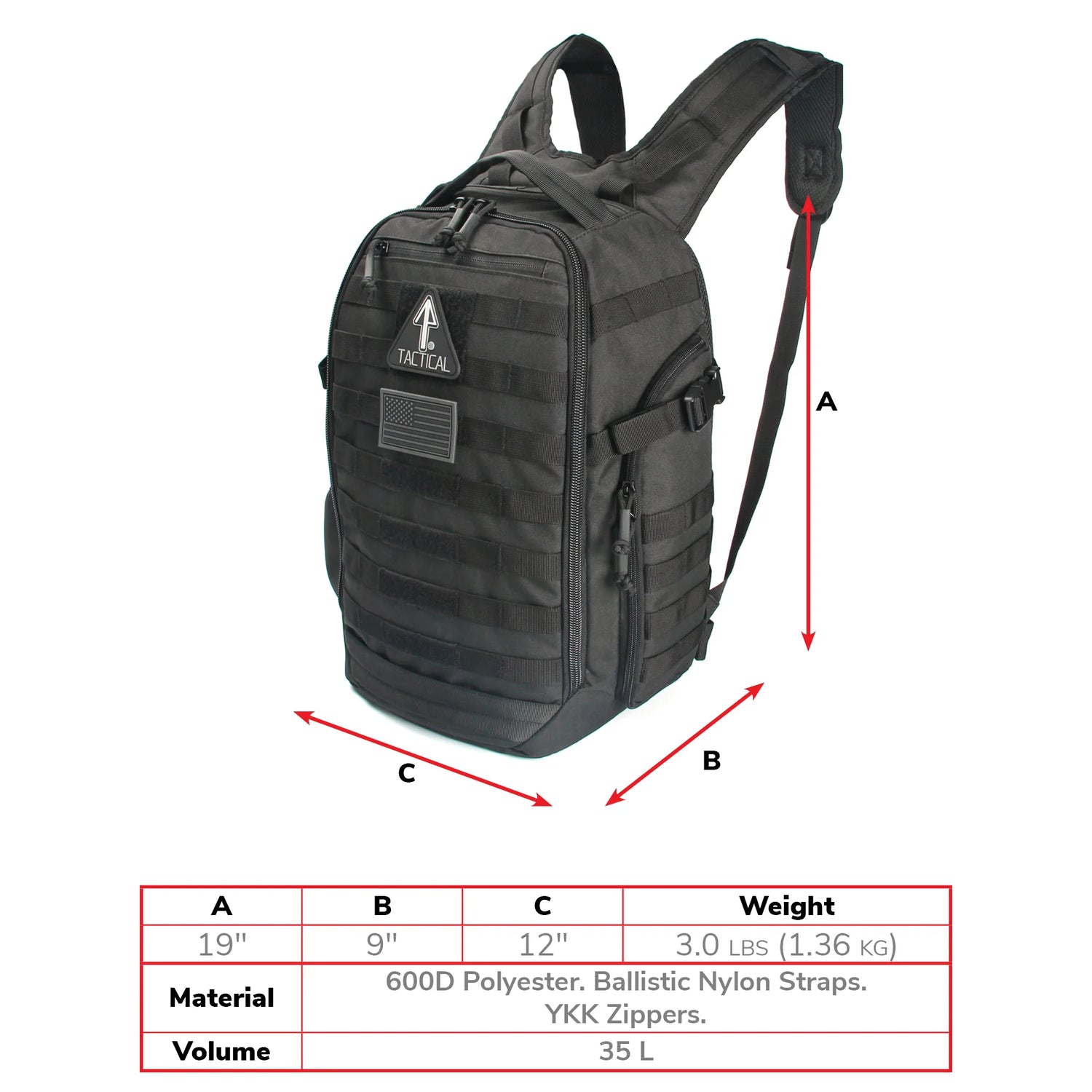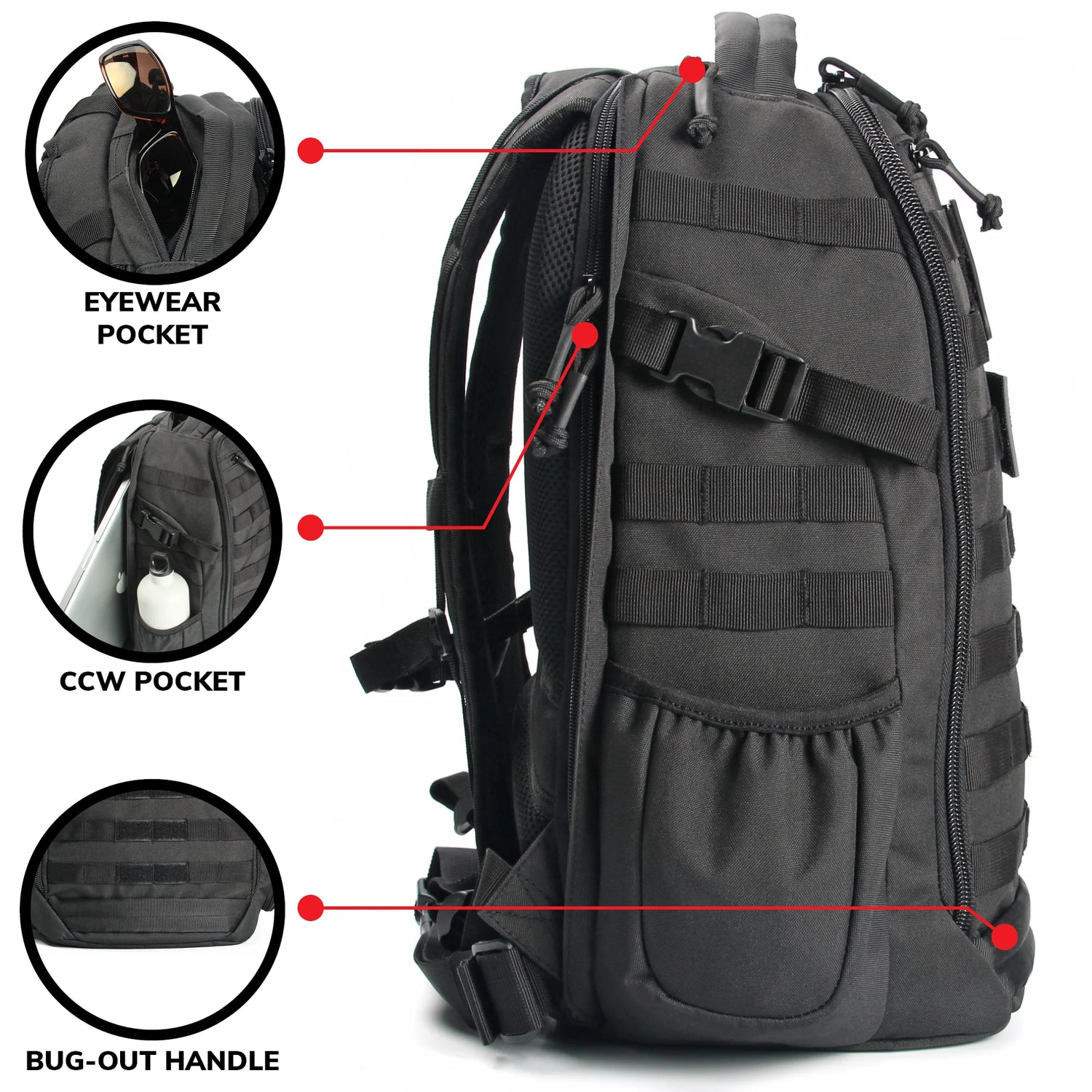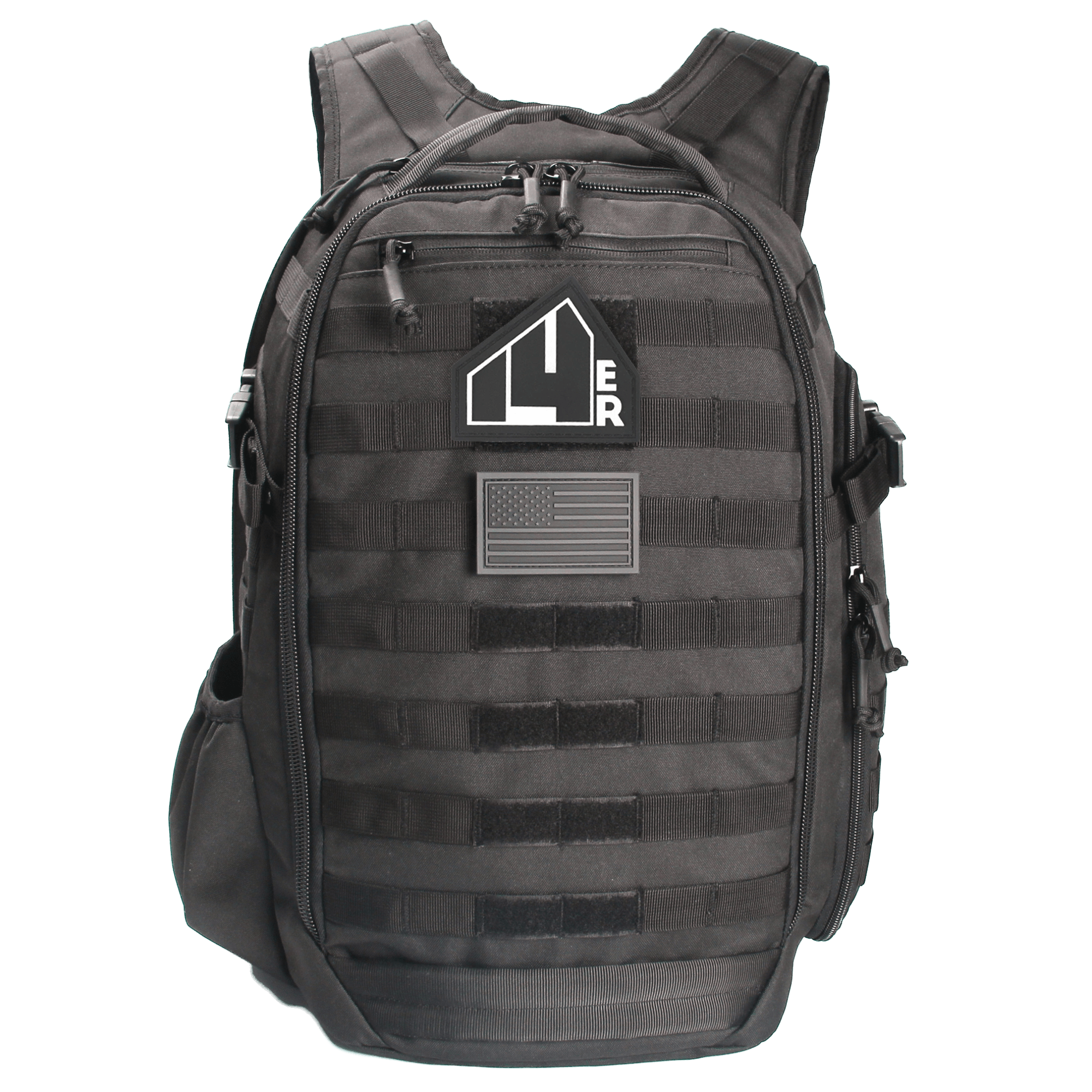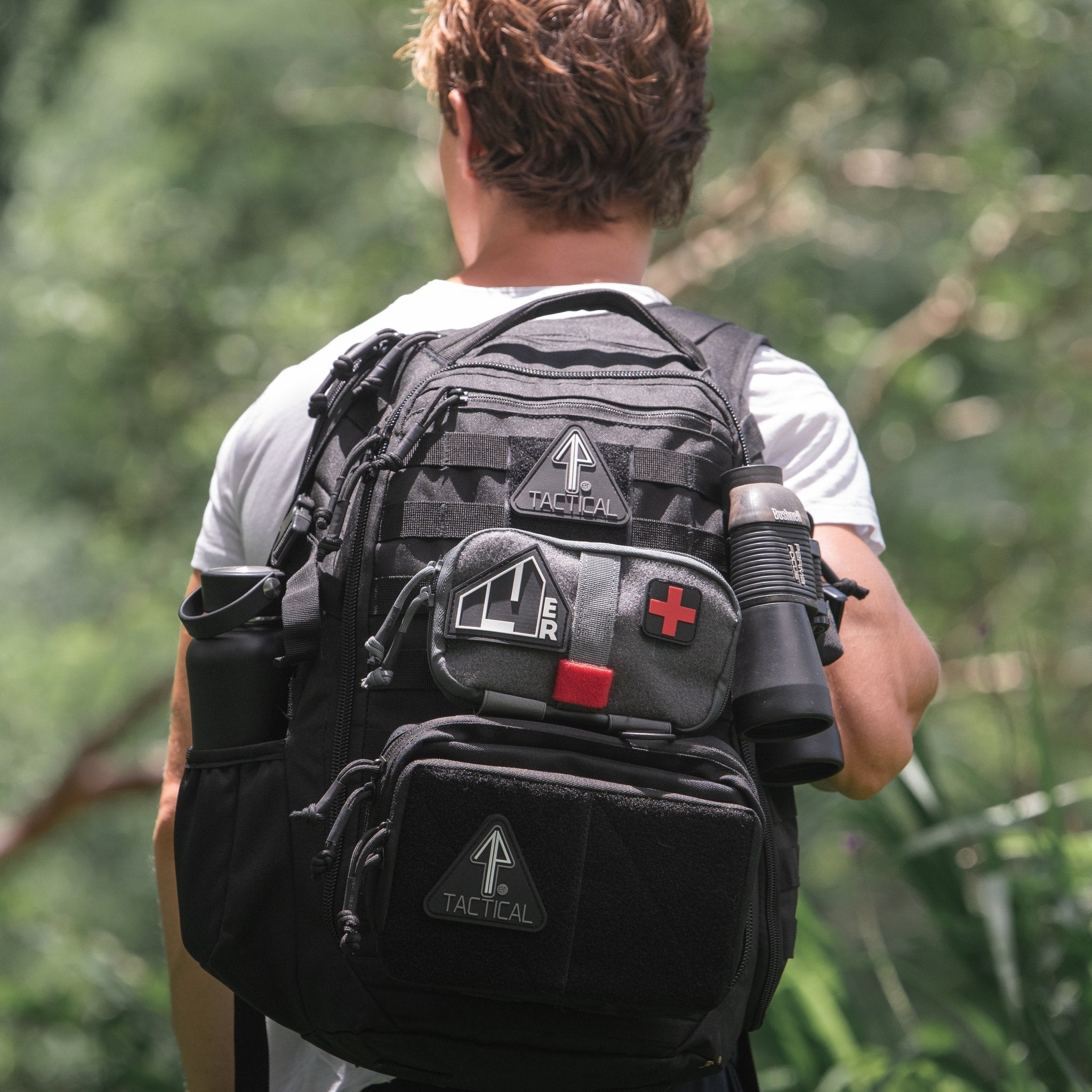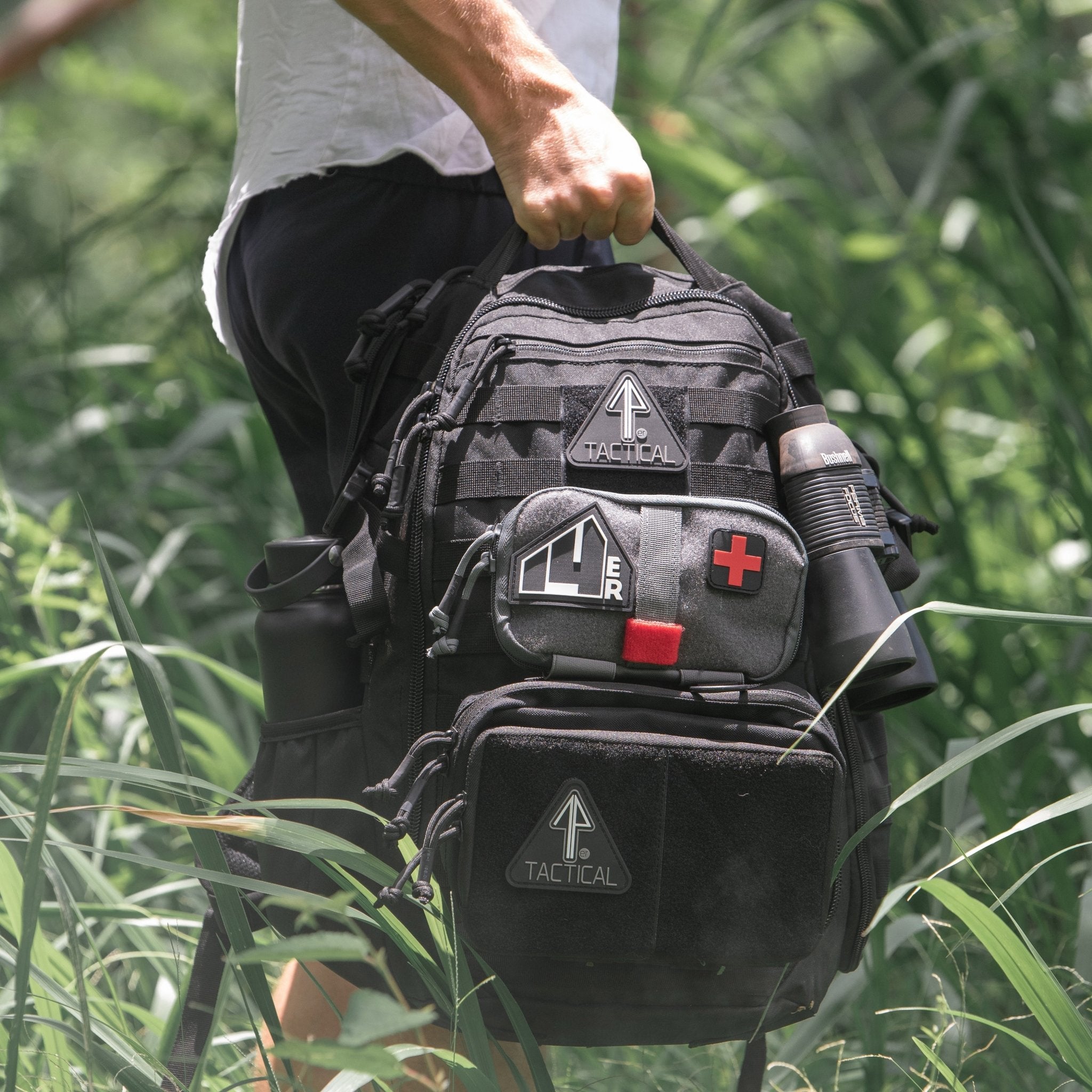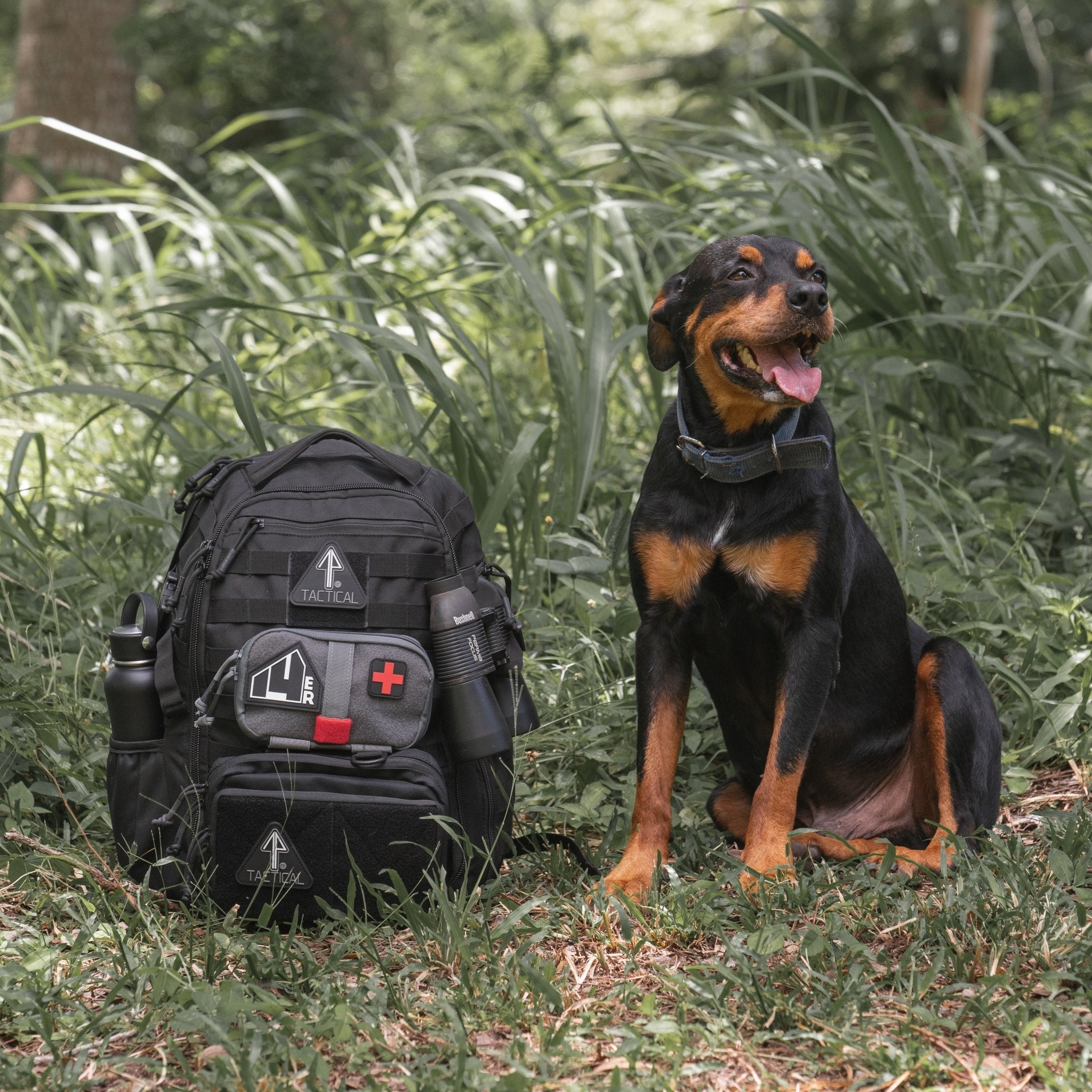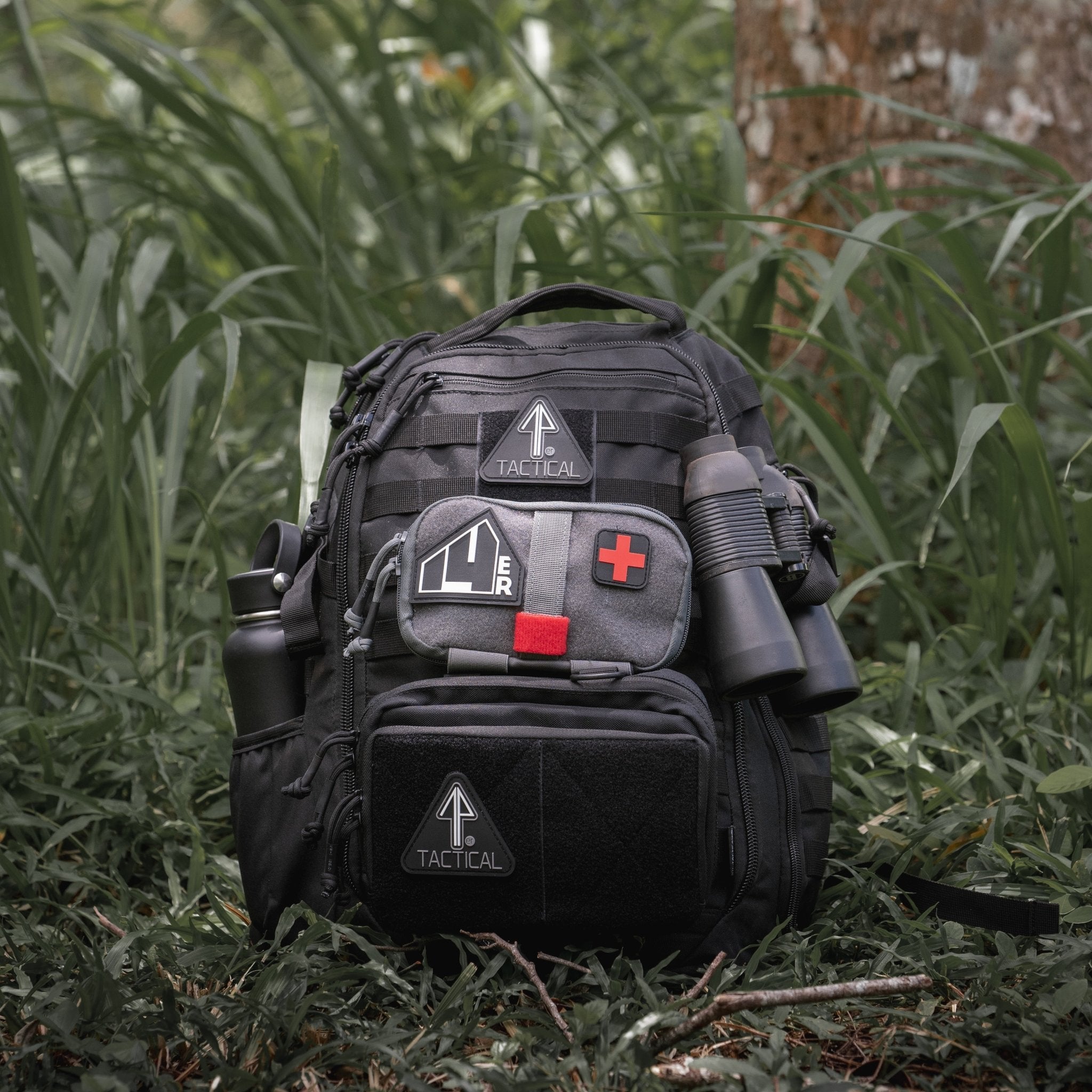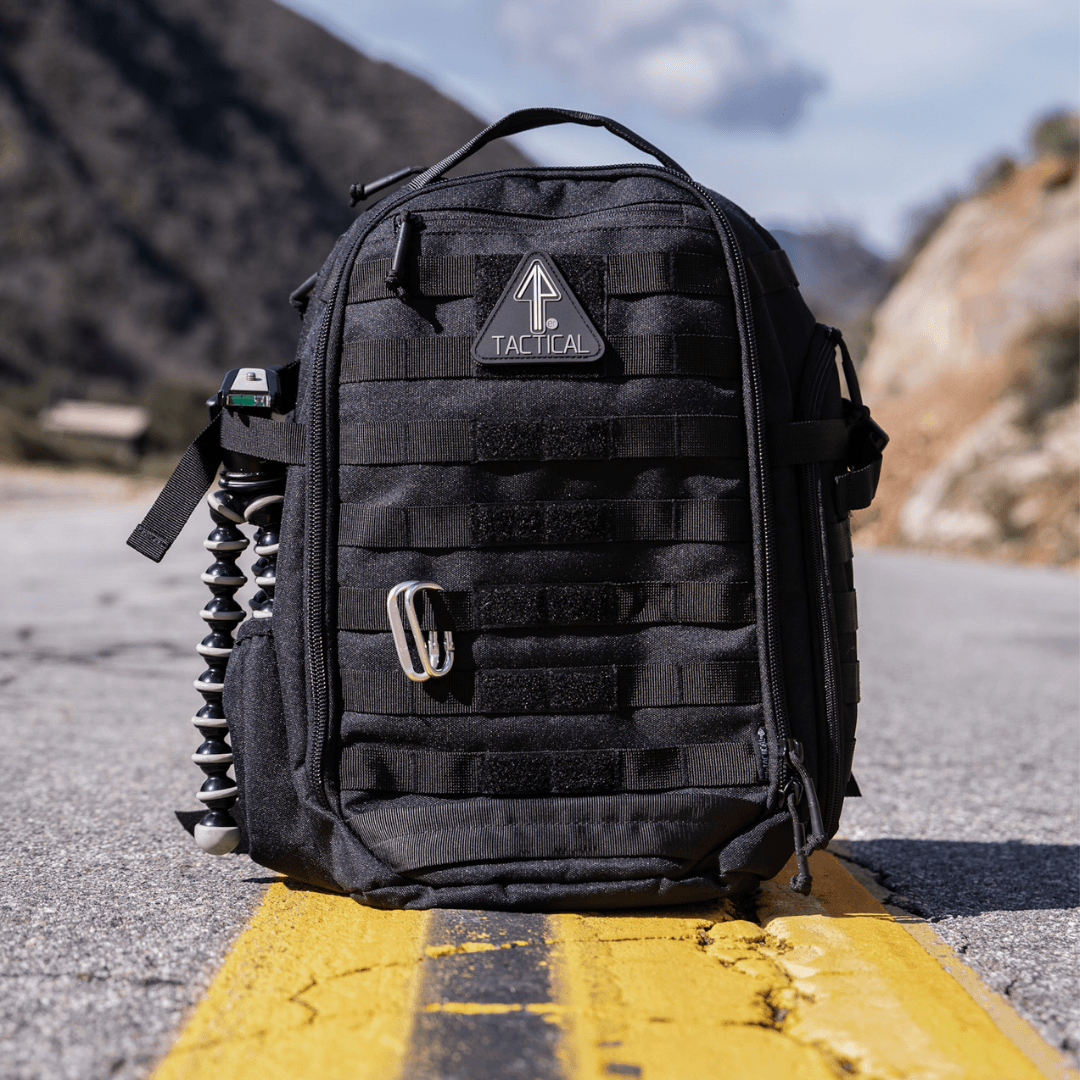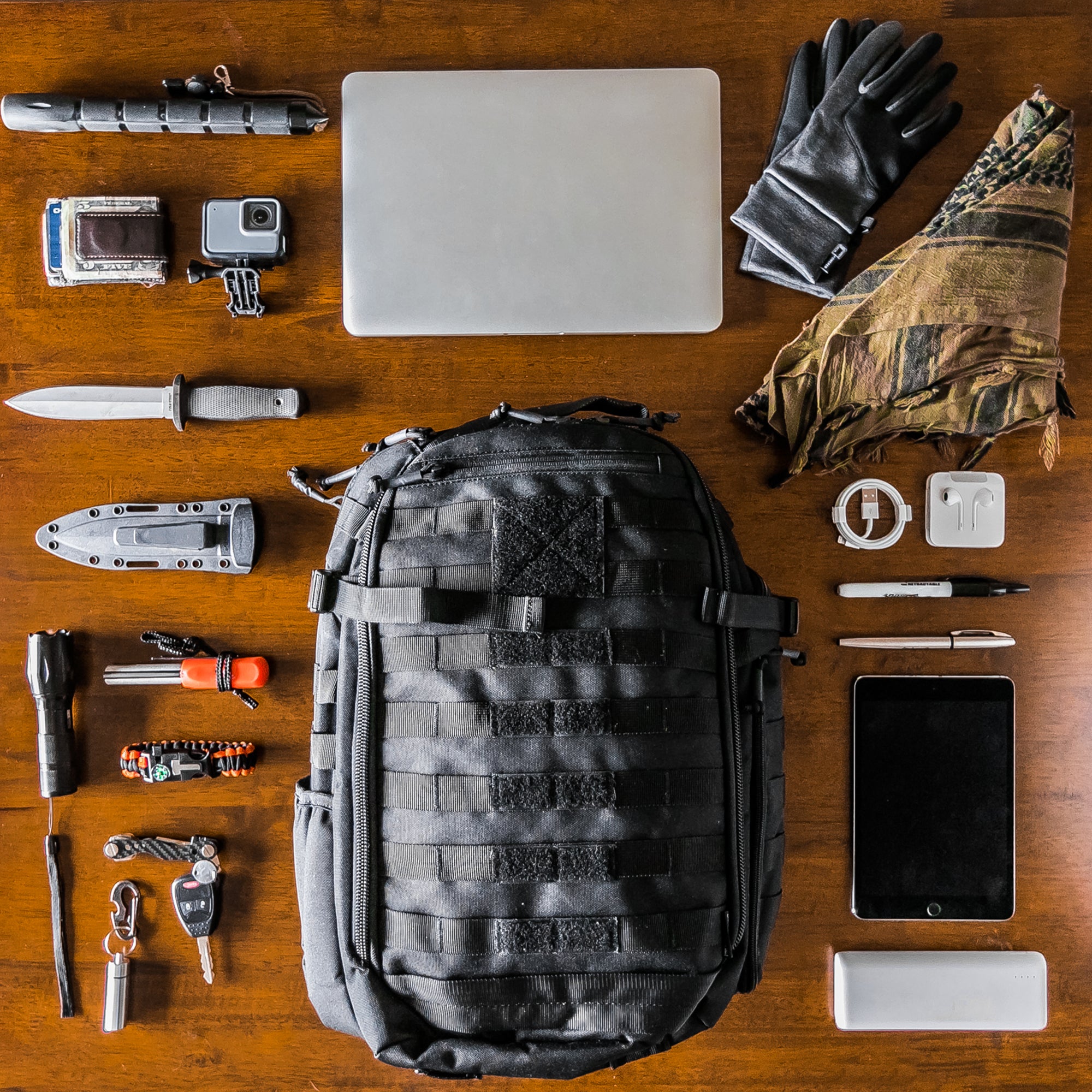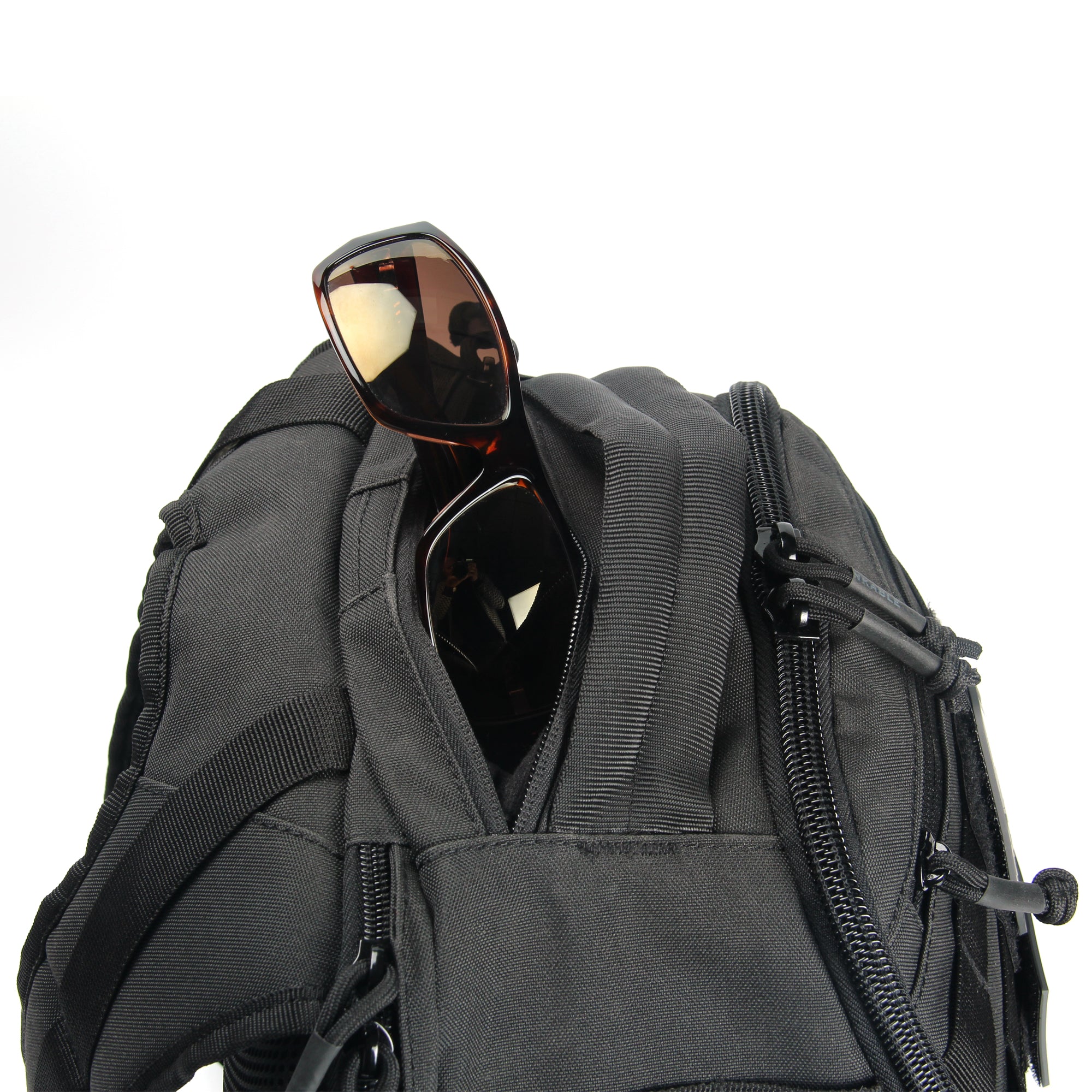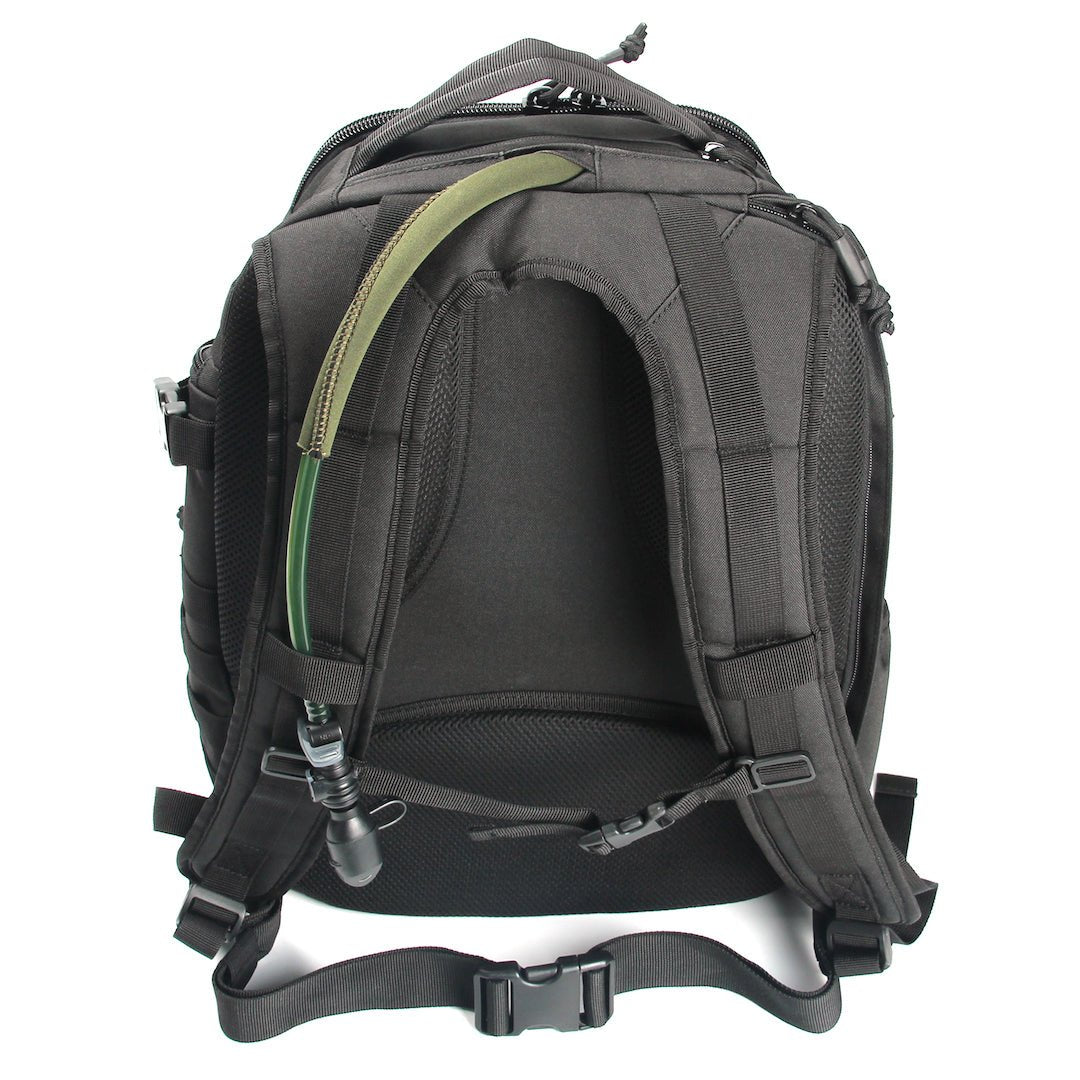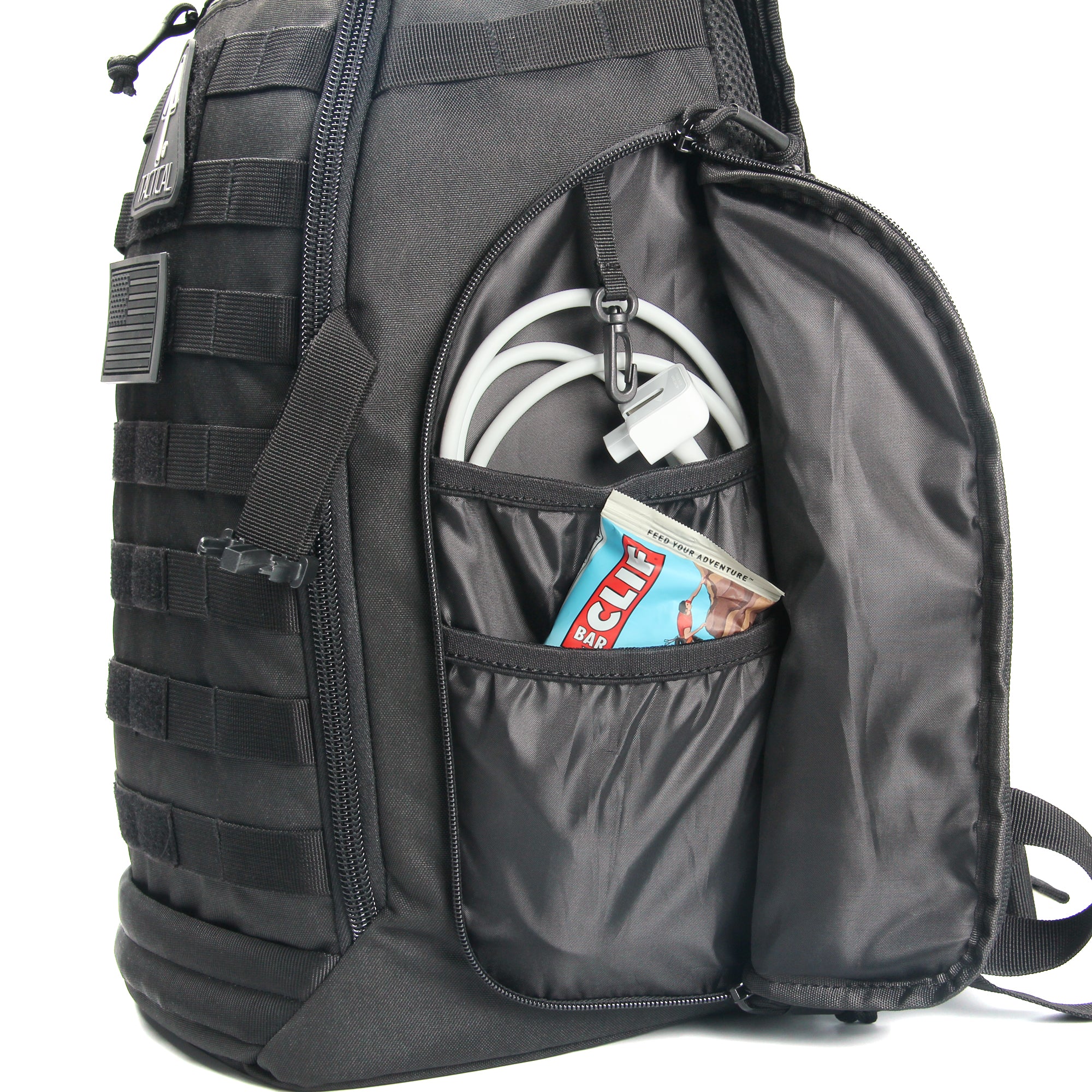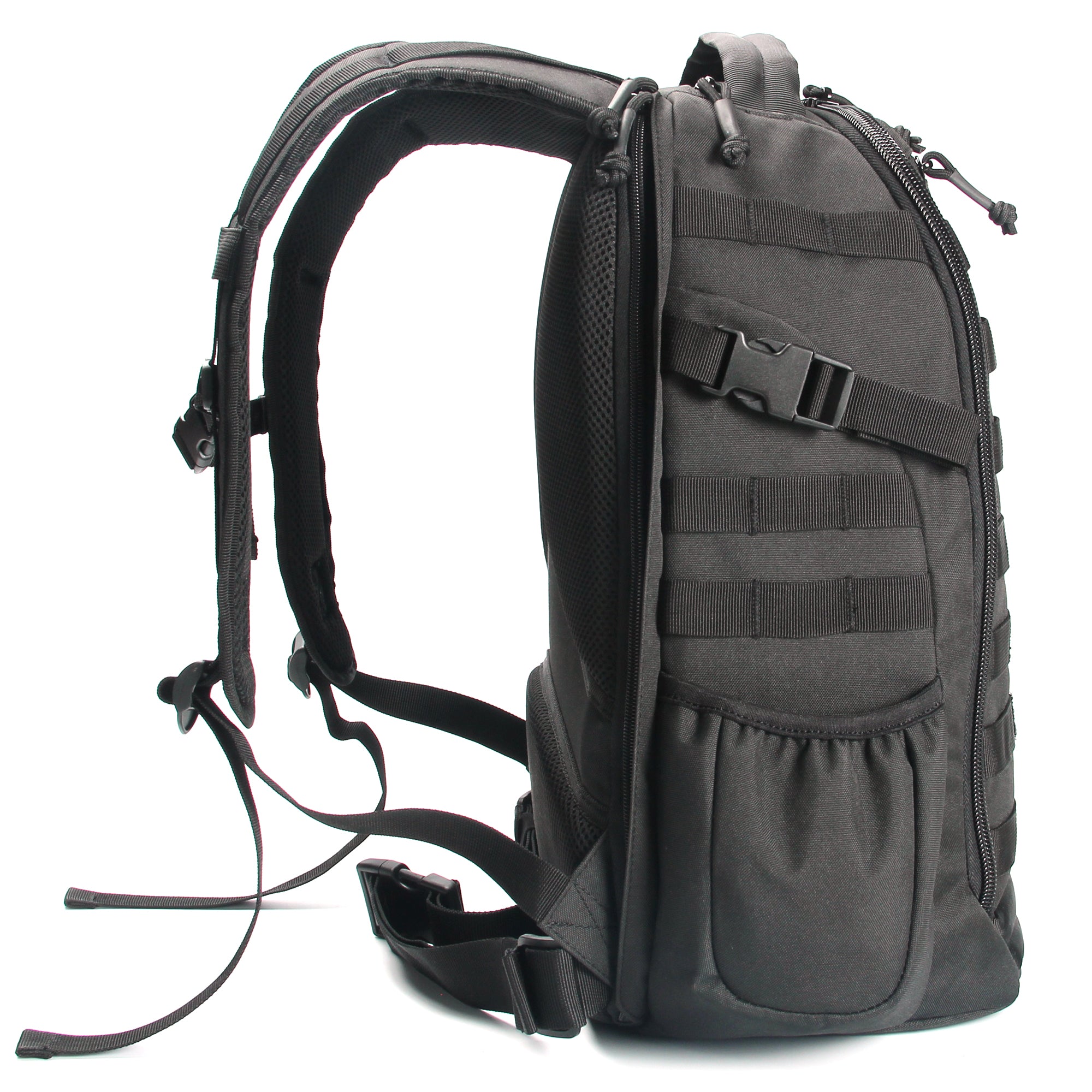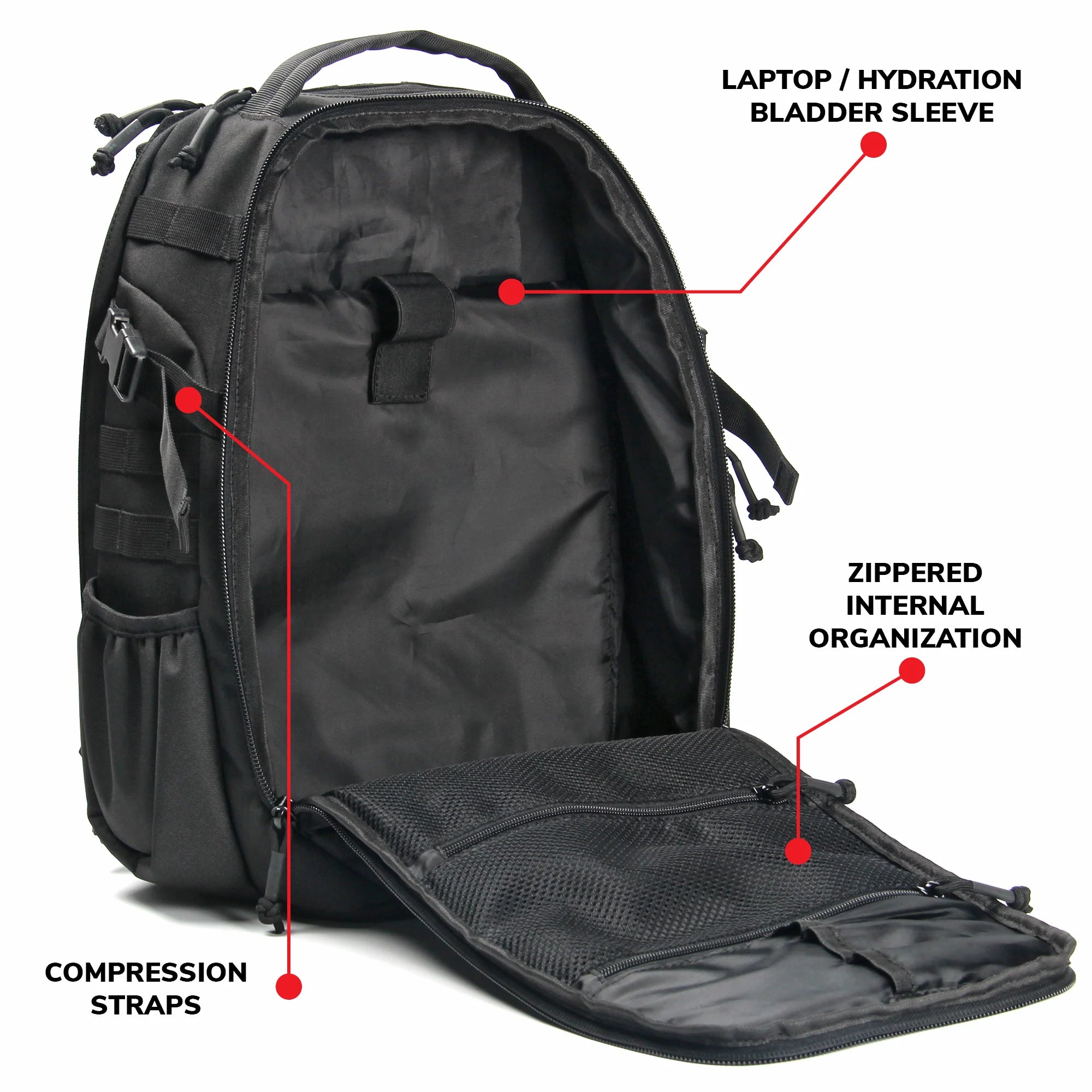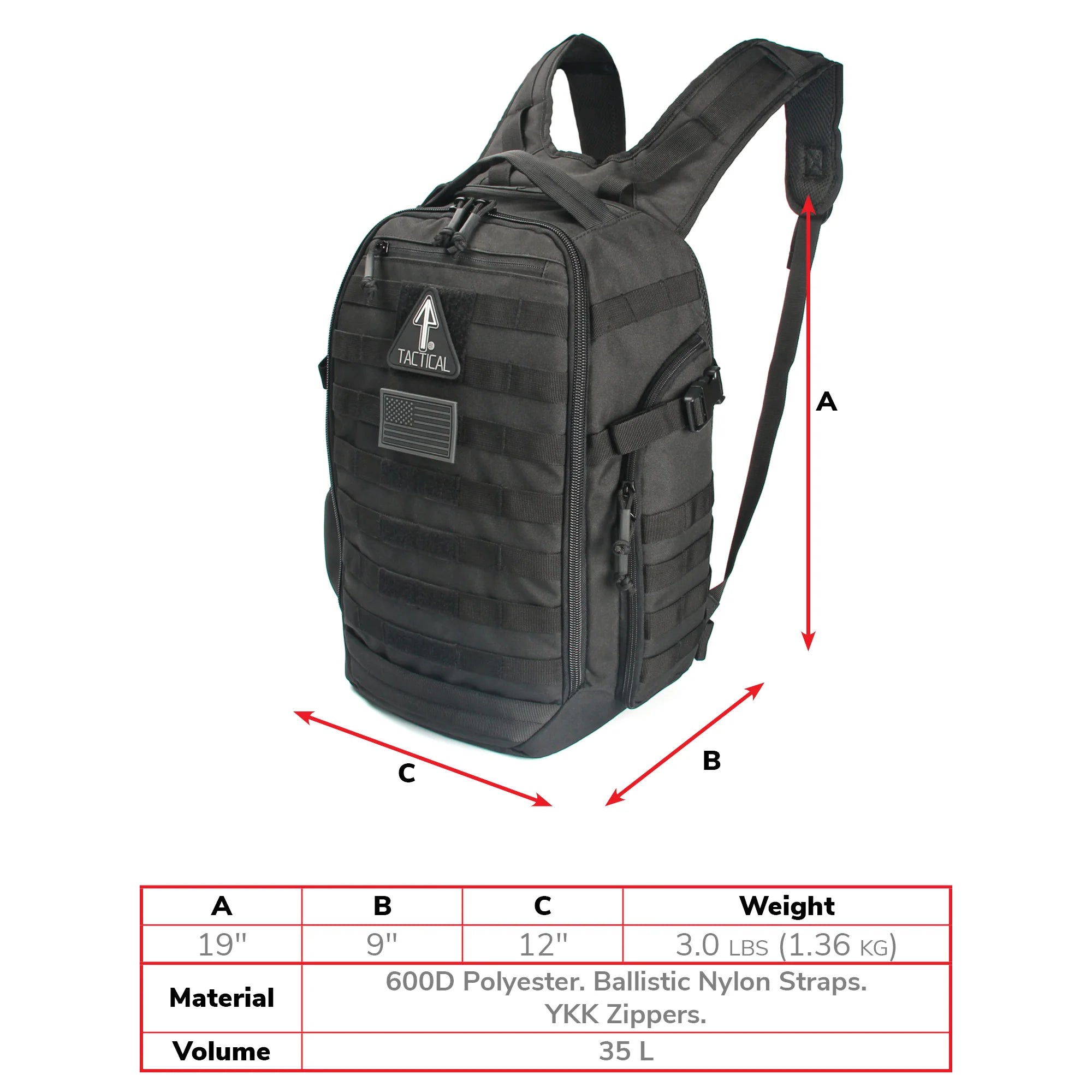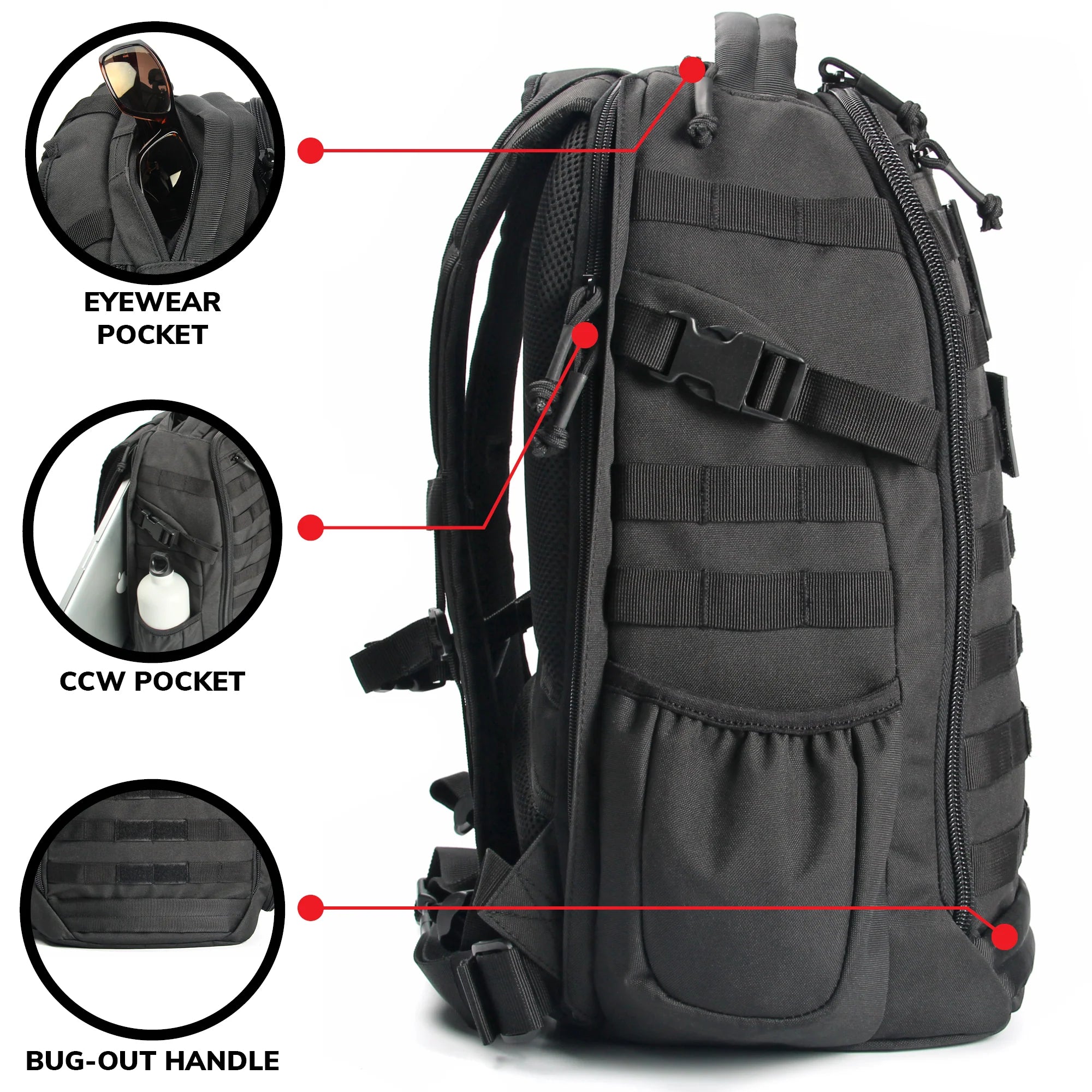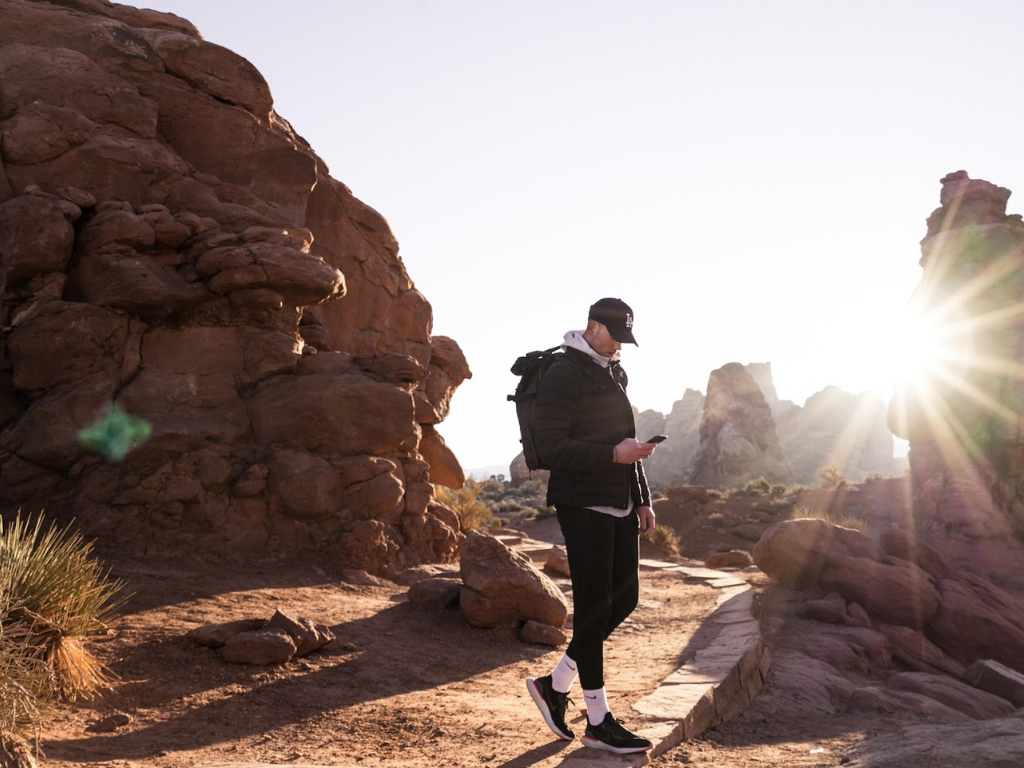
Can winter be a good season in which to go on a hiking adventure? It’s cold, it’s snowy, it’s not the most pleasant time for a nature trek, right? Think again! Winter does offer up challenges, but it’s still a season in which you can have a fantastic hiking experience. The question is, are you up to the challenge?
We hope so! Then take a dive into our winter hiking guide to get you ready for that next adventure!
Winter Backpacking: Choosing the Right Hiking Trail
Your choice of which trail to hike will have a large impact on your adventure experience. Snow hiking can pose certain hazards you wouldn’t encounter in the summer months—things like icy surfaces, thick snow cover, risk of an avalanche, and of course, the freezing temperatures. Whether you’re capable or willing to meet such challenges is for you to determine. If you wish to prioritize having a pleasant winter hiking experience, that’s perfectly valid! And in that case, you should opt for a trail that is less rugged and difficult.
Do plenty of research on the trails you are considering. You’ll want to take note of several pieces of information when planning a hike:
- Snow depth. Should you expect a snow-covered hiking trail? To what extent, and what depths? Will you need to use snowshoes?
- Weather conditions. What is the forecast on the days of your trek? Will there be snowfall or high winds? What temperatures can you expect to encounter while snow hiking?
- Elevation. Does the hiking trail feature moderate to large gains in elevation? How steep are the climbs?
- Challenge level. Many trails can be categorized as suitable for beginner, intermediate or advanced skill levels. Check the trail reports by those who have gone on the trail. Be prepared to handle the difficulty of the hiking trail you plan to conquer!
Availability. Hiking trail closures happen. You’d better check to see whether the trail is accessible at all, even on the day before the hike.

Winter Preparedness: Essential Gear and Clothing
Knowing the trail you’ll be hiking will guide your choice of gear to bring. But wherever you’re going, you will want to equip yourself to endure cold weather. The essentials for snow hiking include cold weather clothing, winter tactical gear, a survival kit and communications.
Cold weather clothing:
- Waterproof footwear. You’ll need to keep your feet dry and warm even while snow hiking. Protecting the feet is always a primary concern for a hiker.
- Insulated clothing layers. Dressing in several layers provides extra insulation against the cold.
- Cold weather tactical gloves. You’ll want gloves that allow a lot of functionality while providing top-notch protection in cold weather. This can be trickier than it sounds. We advise you to try out multiple options for gloves before making a decision.
- Head and face warmers. A good winter cap will keep you warm and functional while hiking. You might also want to consider using a neck gaiter, scarf or balaclava for even better protection.
Winter tactical gear:
- Cold weather tent. You’ll want to get a 3-season or 4-season tent for your camping trip. A 4-season tent is designed to withstand extreme cold, and might not be necessary if you’re expecting moderate cold conditions.
- Tactical backpack. Good tactical gear is sturdy and reliable like the military equipment that inspired its design. A trusty tactical backpack will keep your belongings safe and dry, while offering a lot of functionality. You can customize the 14er Tactical Backpack, for example, as its MOLLE system lets you expand its carrying capacity with additional compartments as needed.
- Multi-tool. Winter preparedness—well, survival preparedness in general—is dependent on having the right tool on hand. A multi-tool is a handy, compact solution for this requirement. If you’re thinking of getting one for your next camping adventure, check out our guide to choosing the best multi-tool for outdoor use.
Other gear:
- First aid kit. No adventure trip is complete without an individual first aid kit (IFAK). We recommend securing your kit in an IFAK pouch strapped to the hide of your backpack. That will allow for speedy deployment in case of emergency.
- Communications gear. It’s a very good idea to bring some option for emergency communications on your winter backpacking adventure. Satellite messengers, personal locator beacons (PLBs) or other devices can prove vital should you ever land in a situation where you need to be rescued.

Winter Preparedness: Accounting for Harsh Outdoor Conditions
Planning a hike also involves mental preparation. Your physique matters, of course. You should be at a physical fitness level that lets you withstand the rigors of snow hiking and winter backpacking. But on top of that, you’ll need to be mentally prepared to encounter the elements—snow, ice, strong winds and chilly temperatures.
You’ll want to know what to expect. Check the weather forecast on the day of the hike, and be aware of your own physical condition. You should regularly examine yourself and take note of any warning signs. Learn to identify the symptoms of hypothermia and frostbite.
Hypothermia is a term for low body temperature, which can severely affect important bodily functions. It generally occurs when your body temperature gets below 95 degrees Fahrenheit (35 degrees Celsius). Your body movements will become sluggish, you will feel greatly exhausted, and you will start experiencing poor judgment and a lack of awareness. These are signs of mild hypothermia, and you need to be able to recognize them and move to get yourself someplace warm and safe. You can help alleviate mild hypothermia by using a heat lamp or applying a warm compress. Covering yourself up with a coat or blanket is highly recommended.
Frostbite is a type of physical injury marked by the freezing of bodily tissue. Prolonged exposure to harsh cold conditions puts you at risk of getting frostbite. You should be dressed in protective cold weather clothing while winter hiking—cold weather tactical gloves, winter jacket, winter cap, balaclava, etc. That reduces the risk, but you should still be on guard for signs that your body is getting affected. Again, the best response to symptoms of frostbite is to get somewhere safe and warm. You don’t want to apply a hot compress to a frostbitten body part, however. Due to the lack of feeling in that part, you risk burning yourself. But you can submerge the body part in water that is warm, though not too hot, for a period not exceeding 30 minutes.
Don’t be discouraged! It’s important to be aware of the risks you’re facing when you go winter backpacking. But winter preparedness should equip you to handle the challenges and come away with a great hiking experience.



